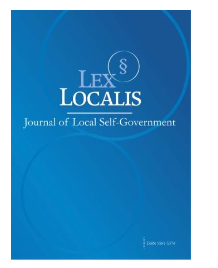ECONOMIC SIGNIFICANCE OF SERICULTURE COTTAGE INDUSTRIES IN KHASI AND JAINTIA HILLS OF MEGHALAYA: ANALYSIS BASED ON SECONDARY DATA
DOI:
https://doi.org/10.52152/bs8xz426Keywords:
Sericulture; Cottage Industries; Meghalaya; Eri Silk; Rural EmploymentAbstract
Sericulture is one of the important cottage industry in Khasi and Jaintia Hills, of Meghalaya providing livelihood support especially for rural women. The economic significance of sericulture is evident in its growth from 28,923 families in 2010-11 to over 60,000 in 2017-18 1. Raw silk production, particularly Eri silk, has also grown significantly, with over 1,200 metric tons produced in 2020-212. Sericulture is a women-intensive industry, with women performing most silkworm rearing, spinning, and weaving tasks. Although Meghalaya's silk is primarily consumed domestically, there is growing export potential for Eri silk in niche markets due to its sustainable and ethical production. The paper concludes that sericulture has significant socio-economic benefits for the Khasi-Jaintia region, including rural employment, women empowerment, and cultural preservation. Policy support, such as improved infrastructure, training, and market linkages, is recommended to enhance the sustainability and profitability of this traditional cottage industry.
Downloads
Published
Issue
Section
License
Copyright (c) 2025 Lex localis - Journal of Local Self-Government

This work is licensed under a Creative Commons Attribution-NonCommercial-NoDerivatives 4.0 International License.








